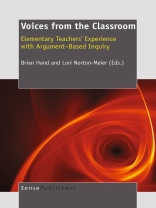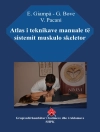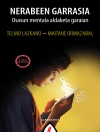There is much attention currently being given to argument-based inquiry in national and state curriculum documents. Students are being required to be able to generate and evaluate science knowledge, and to think critically and judge the value of evidence and explanations. The intent of the book is to provide a rich and broad view of the impact of argument-based inquiry in the elementary classrooms from the perspective of the teacher. All the teachers and professional development authors were engaged in promoting and using argument based inquiry as the approach to teaching science. They were implementing the Science Writing Heuristic (SWH) approach as the argument based approach for classroom practice. As researchers we constantly work to present our views of these experiences with the voice of the teachers only being relayed through the perspective of the researcher. The intent of this book is to provide an opportunity for us as a community to listen to what the teachers are telling us. Importantly as demands are being placed on classroom experiences that provide opportunities for students to pose questions, make claims, and provide evidence, that is, to think critically and reason like scientists, we need to understand what this looks like from the perspective of the teacher. This book brings together a range of elementary teachers from kindergarten through to year 6 who have used the Science Writing Heuristic approach to teach argument-based inquiry. These teachers have all gone through professional development programs and successfully implemented the approach at a high level.
İçerik tablosu
Acknowledgements;Introduction – Teaching in the Service of Learning;1. Using Language to Learn;2. Negotiation: Why Letting Students Talk is Essential;3. Science and Literacy: Reading, Writing, Speaking, Listening, and Viewing through Science;4. Writing for a Reason: A Primary Purpose to Write;5. Lens of Learning in the SWH;6. The Power of Negotiation;7. Implementing Science Conversations with Young Learners;8. Claims and Evidence from the 5th Grade Classroom;9. Hide and Seek and the Air in the Closet: Environments for Learning;10. Literature and Writing are Big “Additions” to Science: 2 Classrooms + 2 Journeys = 4 Fold Learning;11. What’s the Big Idea?: Putting Concept Maps into the Hands of Your Students;12. Science Argumentation and the Arts;Conclusion – Lessons Learned;Contributing Authors












